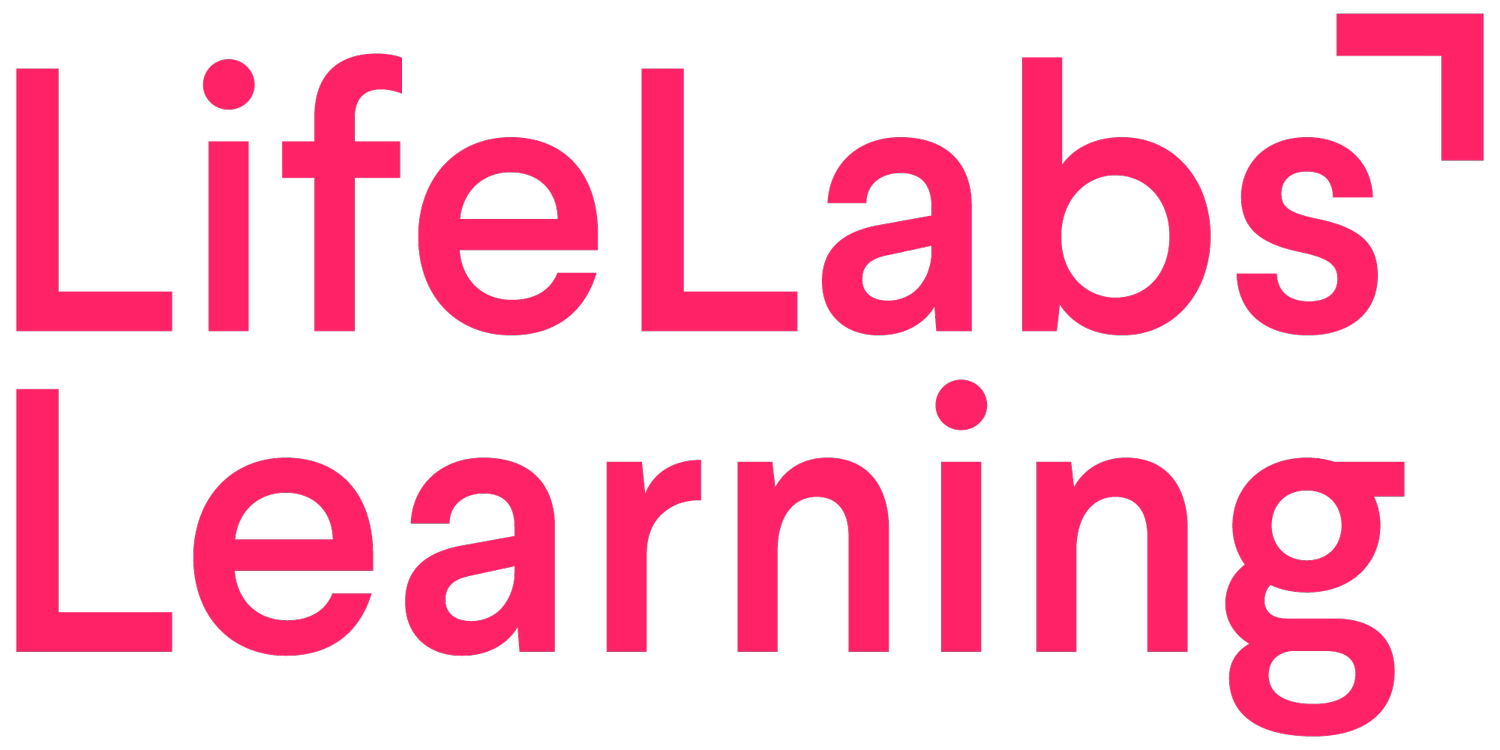12 Ways to write a better, more influential email
5-minute read
Influence is one of the keys to leadership. Having “influence” means having the ability to get your ideas listened to, heard, and acted upon. While many believe it is only something that you’re born with, the good news is that influence is a skill — and just like any other skill, it’s totally learnable.
In fact, there are multiple sources for influence. According to the French and Raven 1959 study on power, these sources can include expertise, access to resources, social capital, formal authority, and force of personality. Today, we’re starting small — let’s focus on one easy way to increase your influential communication by optimizing something you probably do every day: writing emails.
Here are 12 ways to write a better, more influential email:
1) Make the first sentence short and simple.
The first sentence is the magnet. Pull the reader quickly into the bulk of the message.
Here’s an example of a complex statement: “Since the deadline to register is coming up and since we want to make sure things go as smoothly as possible, let's create our action plan.”
You have to hold sentence fragments in your mind until you get to the main point, which puts a lot more work on the reader.
Instead, invert: “It's time to create an action plan! The deadline to register is fast approaching, and we want things to go as smoothly as possible.”
2) Make it scannable.
Use bullet points, bold words, and headlines. In emails, people tend to scan rather than read.
Example: ACTION NEEDED:
1. [Due EOD Monday] Submit agenda items for this week’s meeting
2. [Due EOW Friday] Finalize event details & submit to me for approval
3) Use parallel structure (ideally verbs) in headers.
Parallel structure is brain-friendly, and verbs create an urge to take action.
Here’s what a non-parallel structure looks like: 1. Start simply 2. Scannability 3. Use parallel structure
See how clunky this feels for the brain? Instead, make sure the questions are structured in a consistent way, all using the same tense: 1. Make it simple 2. Make it scannable 3. Use parallel structure.
4) Use benefit & intention statements.
Make sure your recipient knows what's in it for them. Tie your request or call to action to something direct, such as 'this will make your life easier,’ and then follow up with your intention ‘Why are we doing this? Because….’ Try to avoid listing features without benefits, so the why is always clear.
Example: “Our services are available on a sliding scale [feature], so they can fit into almost any budget [benefit].”
5) Weed!
Have word economy; scan through each and every word to see which can be cut.
6) Write like you speak.
Err on the side of informal language, and avoid marketing speak. Be human. Ask yourself: ‘would I say this out loud when talking to a friend?’ If the answer is no, find a way to re-word it — this will help you come across as personal rather than distant or detached.
Example: ‘I am writing to inform you.’(formal) vs. ‘I’m writing to let you know’ (informal).
7) Clarify your pronouns and terms.
Whenever something is mentioned for the first time, check if it should be in noun or pronoun form. This helps ensure everyone understands what or who is being discussed.
Example: “We have a new program to announce” vs. “LifeLabs Learning has a new program to announce!”
8) Give a single Call To Action (CTA)
Make sure your ask or request is clear and easy to spot (ideally in the very beginning of the email) to speed up cognitive processing and help the communication feel simple.
Avoid faux “calls to action” by asking questions you don’t actually want answered.
Example: Rather than asking “How are you doing?” Change it to a statement: “I hope all is well!”
9) Use the active voice.
The active voice reads as more natural and easier to understand.
Example: “‘You should use the active voice” (active) vs. “The active voice should be used” (passive).
10) Use urgency language — but only if it’s helpful.
Creating a sense of urgency by adding in scarcity reminders or firm deadlines is a good thing to do if it benefits everyone involved. Don’t rush clients or coworkers unless it’s also in their best interest to act quickly.
Example: “You mentioned you wanted to get in your order before Q1. If that’s still the case, we should lock down the details of your order now while we still have inventory in stock. Is there any information I can share to help you move forward so we can meet your timeline?”
11) Always add value.
Our everyday lives are filled with noise. You don’t want to contribute to that noise — you want to be helpful. Every email you send should either add value or solve a problem.
Ask yourself: Does this email add enough value, or solve a problem? If not, can I make the value-add clearer? Try adding some benefit and intention statements.
Example: “We have a new course catalog” (a feature, no benefit) vs. “Looking for something new to offer your team? We have a brand new course catalog!” (a feature + a benefit).
12) Be inbox-friendly.
Only send the email to relevant people. Do not email ‘@all’ addresses unless every person on that list is affected. Cut out people who aren’t involved to avoid creating inbox clutter.
Want to take your influential communication skills to the next level? We have a workshop for that! Sign up here.
Lab Report Newsletter
Our monthly newsletter comes out the first week of the month and is filled with actionable tools, learning and development industry trends, upcoming events, research, and more!
